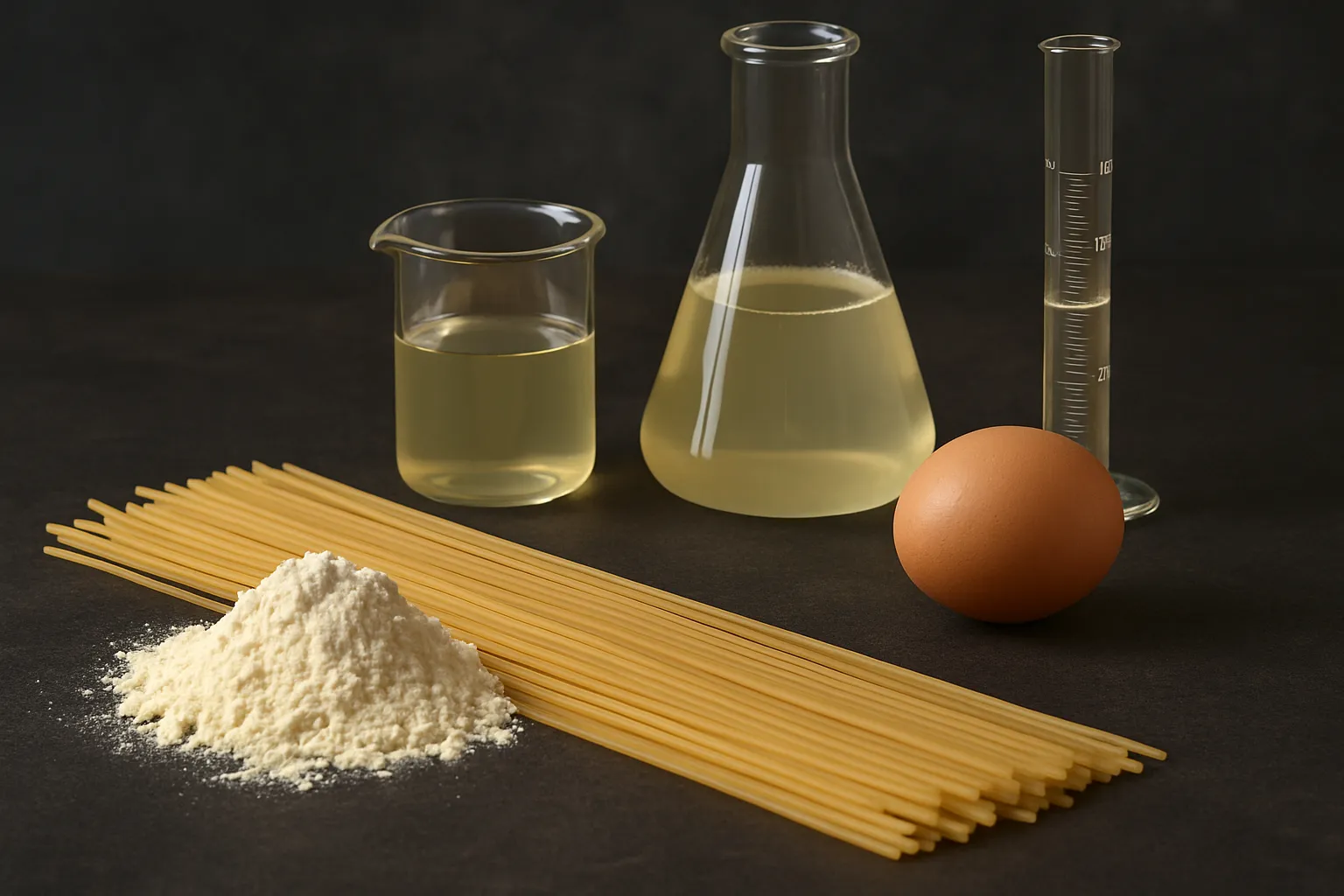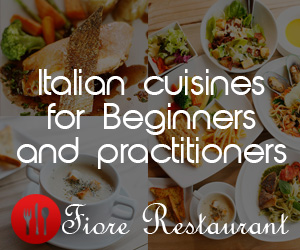Think about the last time you made pasta. Was it too mushy? Too tough? For something so basic, pasta has a knack for going sideways. It goes from boiling nicely to turning into a mushy clump before you know it.
Pasta is forgiving in some ways, but even small mistakes can affect the final texture. The way it cooks, the shape you use, and even the amount of water used can change how the final dish feels.
But don’t worry, by the end of this article, you’ll be an expert on pasta. You’ll know how to cook pasta that’s perfectly chewy, tender, and full of flavour (with a little science to back it up).
Let’s start with the one thing every good bite depends on: texture.
What Is Al Dente?
Al dente means “to the tooth” in Italian. It’s pasta that’s cooked until it’s firm to the bite. Not hard, not soft, but just enough resistance to feel it on your teeth without being undercooked.
The Science Behind the Bite
When pasta cooks, the outer starch softens first as it soaks up water, while the inside, made of gluten proteins, stays firm a little longer. Al dente is that perfect point when the outside is tender but the center still holds its shape. That texture gives pasta its classic bite and helps it cling to sauce without falling apart.
Why Box Instructions Fall Short
Packaged cooking times come from controlled test kitchens, but real-life results can vary at home. Things like:
- The amount of water used
- Your stove’s heat level
- The specific pasta shape, brand, and many more factors.
That’s why just trusting the timer can sometimes let you down. Instead, try tasting a strand about a minute before the time’s up. Let your teeth be the judge.
A common myth is that al dente means undercooked. In reality, it should offer slight resistance when you bite. Another mistake is waiting until the pasta is completely soft, which often means it’s overcooked and lacks texture.
With that clear, let’s explore how pasta shape plays a key role in getting the perfect texture.
Pasta Shapes: How to Pick the Right One for Texture and Sauce
Think of pasta like clothing. You wouldn’t wear a puffer jacket to the beach, just as you wouldn’t serve delicate angel hair with a rich meat sauce. Every pasta shape serves a purpose, and the one you choose plays a big role in how the dish feels when you eat it.
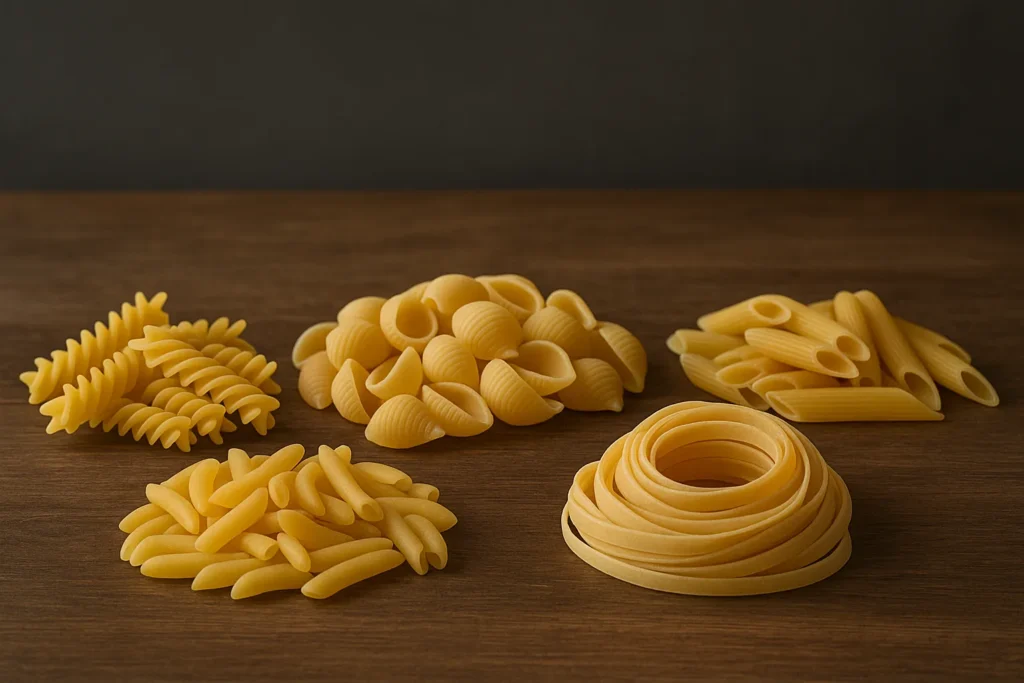
Why Pasta Shape Matters for Texture and Flavor
The texture of your pasta starts with the shape you pick, as each soaks up water and holds sauce in their own way. Your grandma may have taught you something like this. If you go for thin noodles, they’ll cook fast and feel lighter. But if you choose hollow or ridged pasta, it takes a bit longer to cook and holds onto your sauce better.
Even if you’re using the same dough, the shape you choose will change how it cooks. For example, Capellini can get limp in less than a minute if you overcook it, while penne stays firm even if you cook it a bit longer than the package says.
How to Pick Pasta That Compliments Your Sauce Perfectly
Pairing the wrong pasta with a sauce can make the entire dish feel off. Here’s how to pick the perfect pasta for your dish:
- Angel hair: This one’s super delicate and cooks in under 3 minutes. It’s perfect with light oils or broths but doesn’t hold up well with chunky sauces.
- Bucatini: Thick and chewy, bucatini is great for carbonara or rich ragùs. The hollow center traps sauce with every bite, adding extra flavor.
- Rotini and fusilli: These twisted shapes are great for thick sauces like pesto or hearty tomato blends. Their grooves help retain flavor, even when reheated.
- Shells: Perfect for baked dishes or cheese sauces that fill their little pockets. Smaller shells are also great in soups, giving a nice balanced bite.
Pasta forms shape the way each bite feels. Choose the wrong shape, and even well-cooked pasta can taste unbalanced.
After choosing the right shape, the next step is cooking it just right. Now, we’ll cover water, salt, and timing.
Water, Salt, and Timing: The Pasta Trifecta
There’s actually a bit of science happening in your pasta pot as well. Water, salt, and timing all play a role in the final result. They affect the texture, the consistency, and how well the sauce clings to each strand. Get these right, and every bite will taste better.
Let’s take a closer look at how each one matters.
Water: Give Pasta Room to Move
Ever pulled out a clump of noodles that fused together? That’s a classic sign of too little water. Pasta releases surface starch as it cooks. Without enough water to dilute it, that starch thickens and causes sticking.
The solution is simple: use a large pot and aim for 4 to 6 quarts of water per pound of pasta. When you stir early, you’re helping that starch wash away, giving the noodles the space they need to cook evenly.
Salt: Lock In Taste and Texture
Salted water is your first seasoning opportunity, but it also changes how the pasta feels. It strengthens the pasta’s outer layer so it doesn’t go limp halfway through cooking. Here’s a trick for knowing if you’ve added enough or not.
Dip a spoon in the water and taste it. It should remind you of a light soup stock: noticeably seasoned, but not overpowering. Undersalted water leads to bland pasta that no sauce can fully rescue.
Timing: Use Your Teeth, Not Just the Clock
Every pasta shape cooks a little differently. Thin noodles like linguine might be ready in seven minutes, while thicker ones like orecchiette take more time.
The best way to get it right is to start tasting early. Use the chew test: it should feel firm but cooked all the way through, with no dry center and no mush. The timer is your backup.
Modern Pasta Methods: What You Need to Know
Now that you’ve got the basics down, doesn’t it feel tempting to try out faster or trendier methods? Some of them can help, but others might leave you with pasta that’s sticky or overcooked. Here’s what to watch out for.
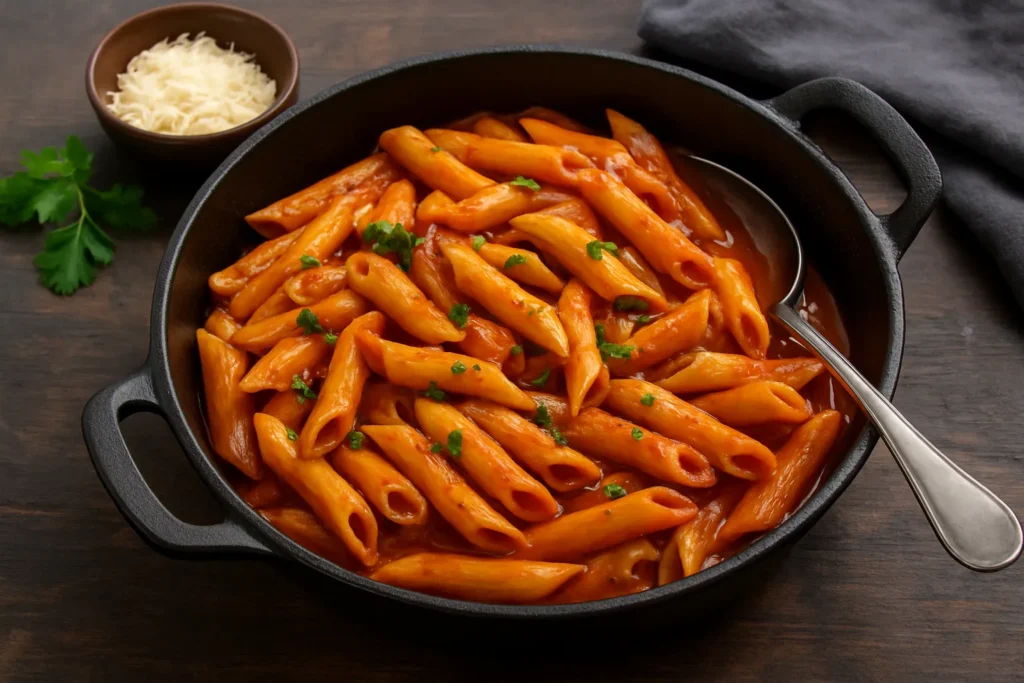
Cooking Pasta in the Sauce
Finishing pasta in the sauce is a popular way to boost flavor. But it only works if the pasta is almost cooked when you add it. If you add it too soon, the sauce can get too thick and the pasta might turn mushy.
A good trick is to drain the pasta a minute or two before it’s perfectly cooked. Then, toss it into the simmering sauce so it soaks up the flavor while firming up just right.
One-Pot Pasta
Cooking everything in one pot works best with short, sturdy pasta like penne or farfalle, and with sauces that cook quickly. Since there’s less water, starch can build up fast, which makes the pasta sticky if you don’t stir often. For creamy sauces, keep an eye on things and add liquid as needed to get the right texture.
Reheating Without Ruining It
Leftover pasta can quickly go from satisfying to spongy. Microwaving often creates hot spots and overcooked edges. Instead, reheat gently in a pan with a few tablespoons of water or extra sauce. Stir slowly to restore moisture while preserving the original texture.
Adjusting for Altitude and Water Hardness
Things like altitude and water hardness can quietly change how your pasta cooks. At higher elevations, water boils at a lower temperature, so pasta takes longer to cook. Hard water might make the texture less even. Wholegrain or gluten-free pasta usually needs more careful timing and often cooks faster to avoid getting mushy.
With your skills and timing in place, it’s time to wrap things up with confidence.
Common Pasta Issues and How to Fix Them
Even when you try your best, pasta doesn’t always come out right. Sometimes one pot turns out great, and the next feels sticky or off. Let’s take a look at what might be causing that and how to fix it.
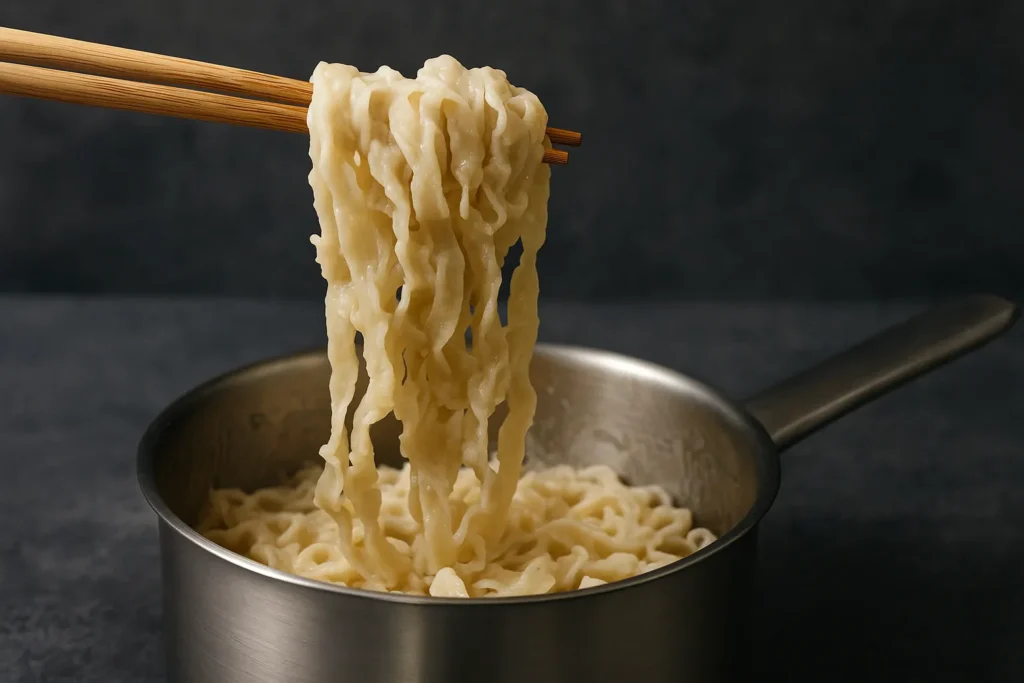
Sticky Noodles
If your pasta clumps together after draining, chances are it wasn’t stirred enough early on or sat too long before being served. Pasta starts releasing starch immediately once it hits the water.
Without movement, it sticks. Stir during the first two minutes of boiling, then again occasionally. If it sticks after draining, a quick rinse can help, but only if you’re not pairing it with a sauce. For sauced dishes, tossing the pasta directly into the sauce is a better solution.
Soft or Chalky Texture
Now, if your pasta turns soft and limp, it’s probably because it stayed too long in hot water after cooking. Even leaving it in a drained pot or warm pan can keep cooking it without you noticing.
Sometimes the problem is the opposite. If the centre feels chalky, especially in thicker shapes like rigatoni or pappardelle, it likely didn’t get enough steady heat. To avoid this, make sure you stir thicker pasta well and keep the water boiling so it cooks evenly.
Quality Counts
If you notice your pasta has an inconsistent texture or breaks easily, the problem might be the pasta itself. This is because lower-end brands often use weaker flour blends or skip the slow-drying process that helps pasta keep its shape.
To get better results, choose a higher-quality brand. Pasta made with high-protein durum wheat and slow-dried at low temperatures tends to hold its texture more reliably, even when cooked right on time.
Oil in the Water: A Wasteful Habit
A lot of home cooks still add a splash of oil to the pasta water, hoping it’ll stop the noodles from sticking. But if you pay attention, you’ll notice the oil just floats on top and never really touches the pasta.
It actually makes things worse. Once you drain the pasta, the oil can coat it and make it harder for the sauce to stick. A better move is to just give your pasta a good stir while it cooks.
Learning how to spot these subtle issues gives you an edge in the kitchen.
Get the Perfect Pasta Texture Every Time
The perfect pasta doesn’t happen with luck, but from learning to notice the small signals: the size of the bubbles, the texture under your teeth, the way a noodle holds its shape. Each step, from choosing the right form to adjusting timing and seasoning, gives you more control over the final result.
Now you know what matters and how shapes behave, how shortcuts can backfire, and how to fix common issues with simple tweaks.
So grab your favourite pasta, set that pot to boil, and trust yourself. With this knowledge, you’ll be making dinner that feels satisfying and intentional, one bite at a time.
Your next bowl of pasta is going to be your best one yet.
